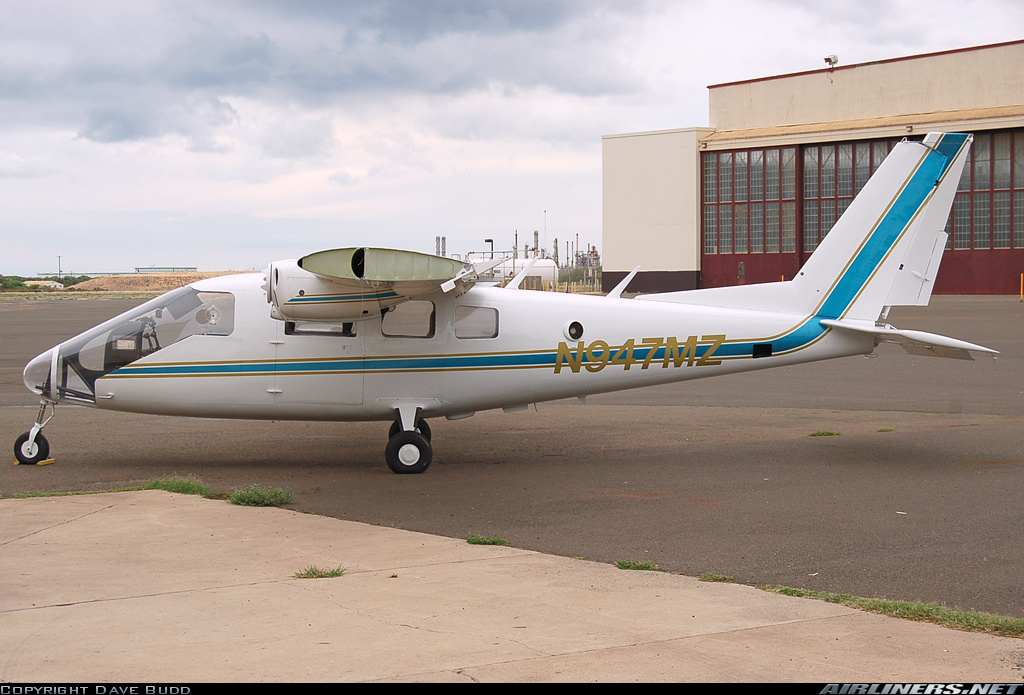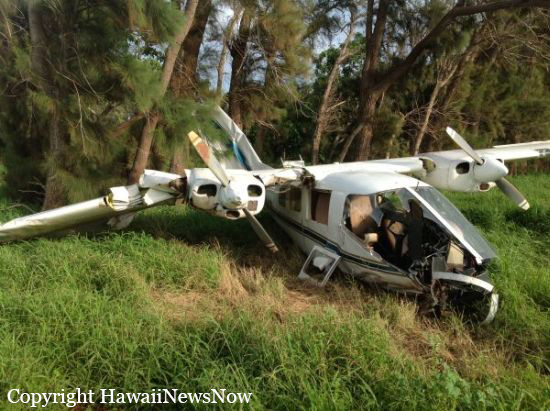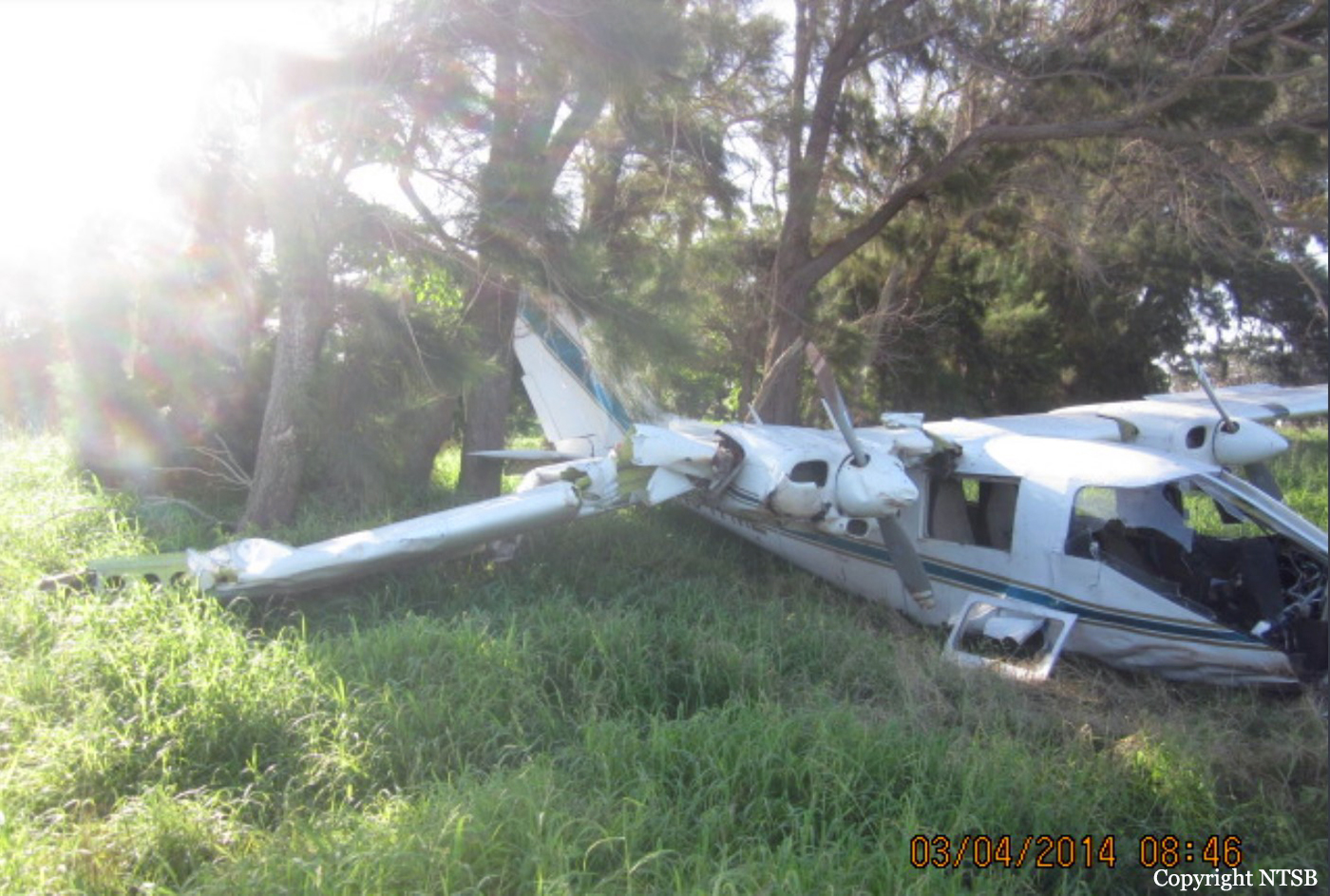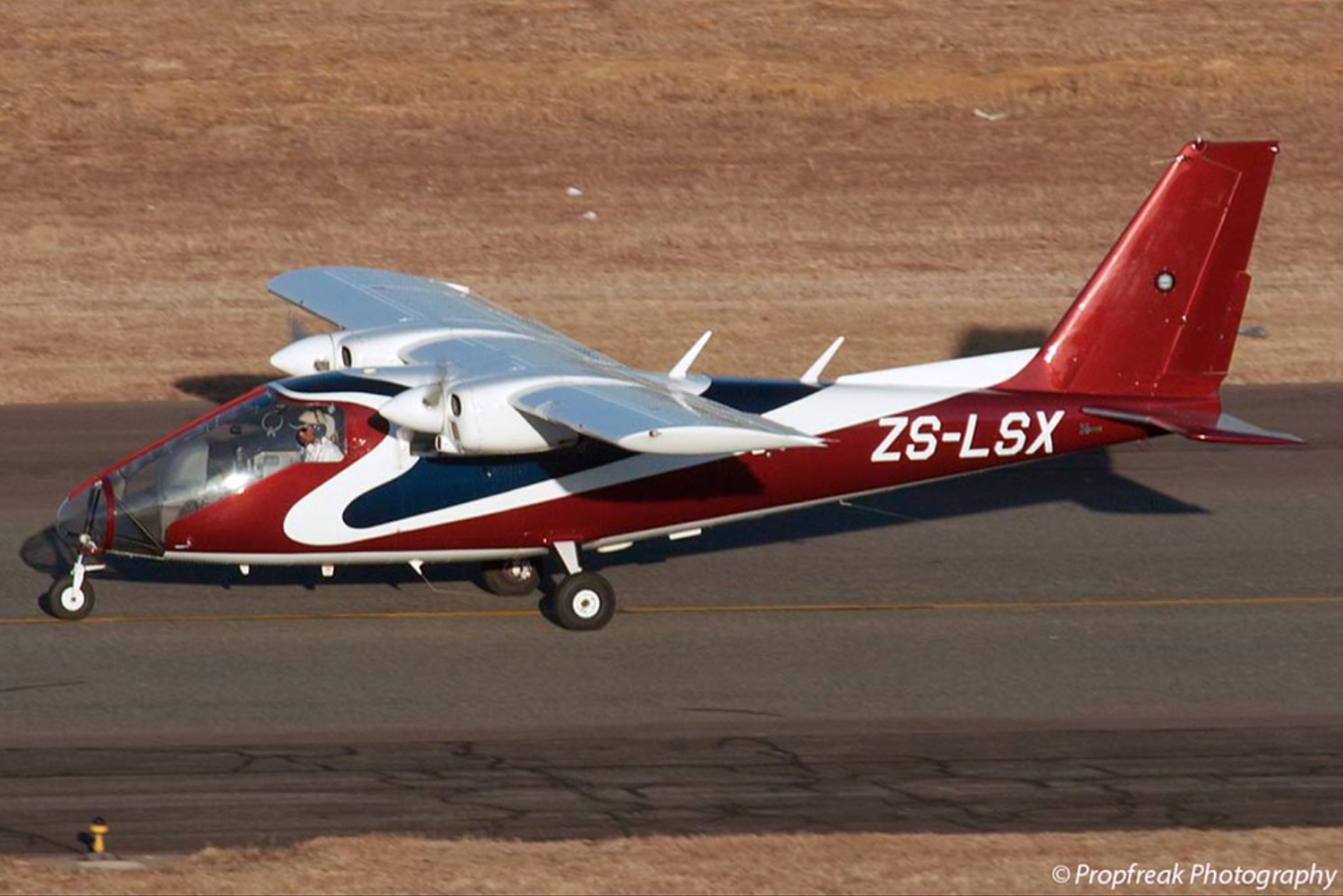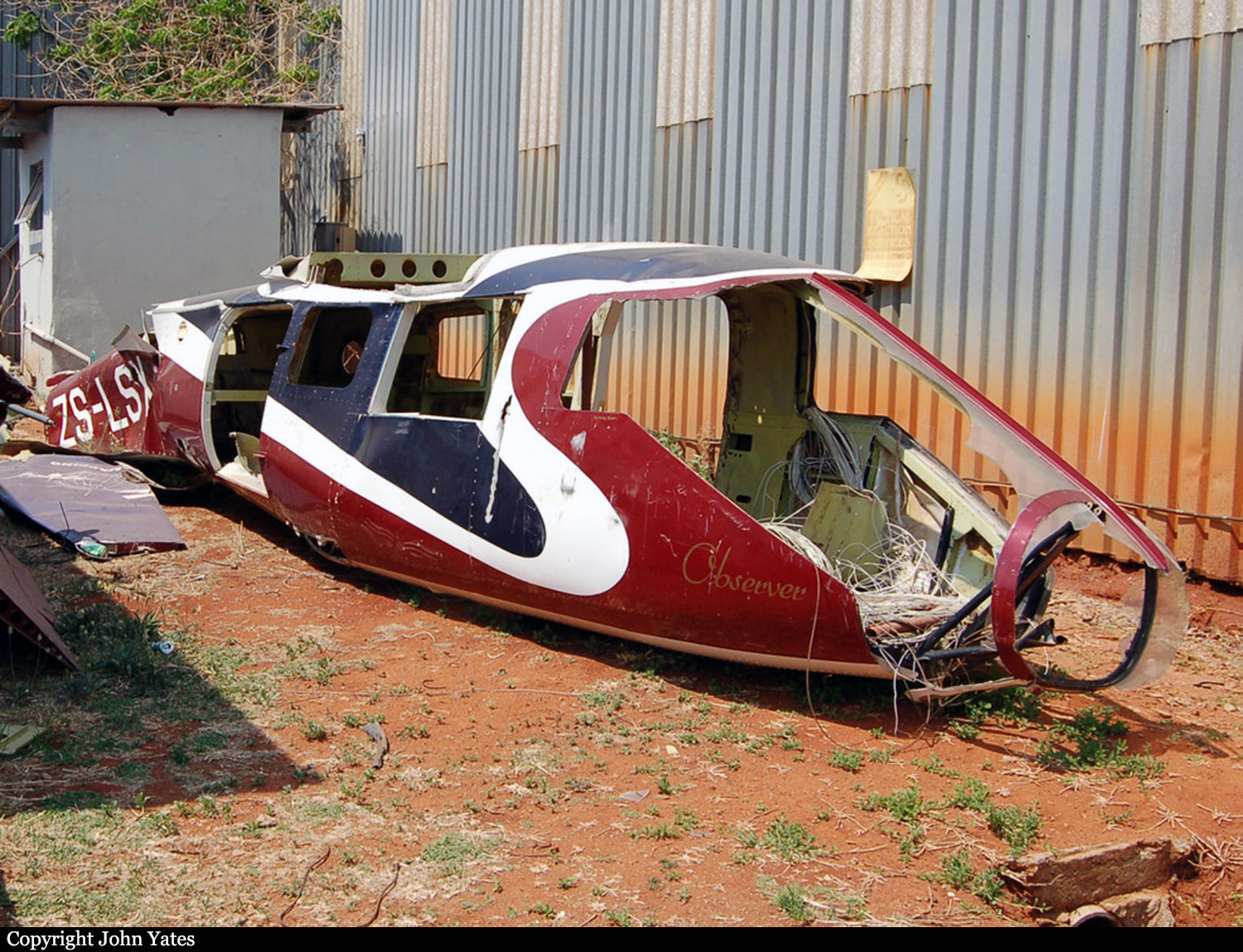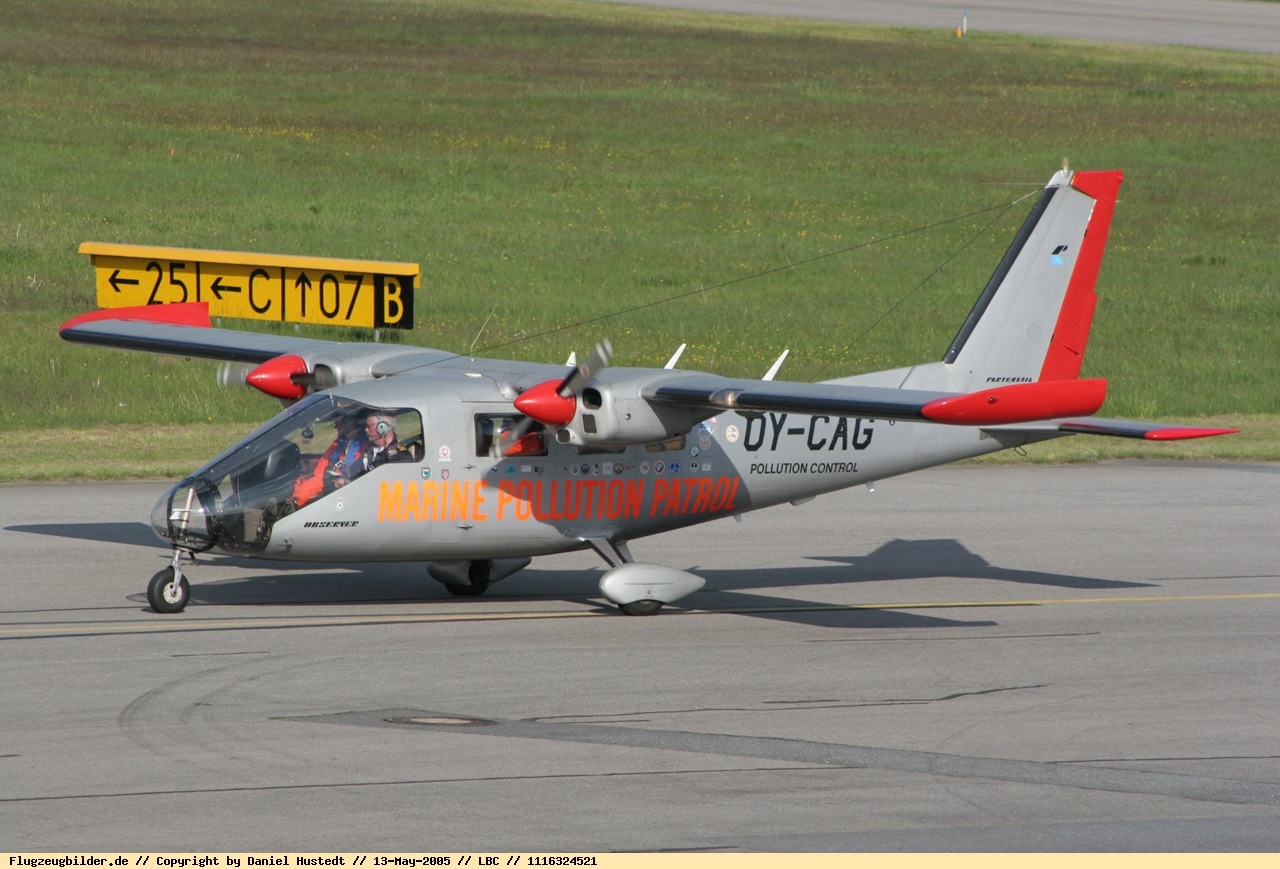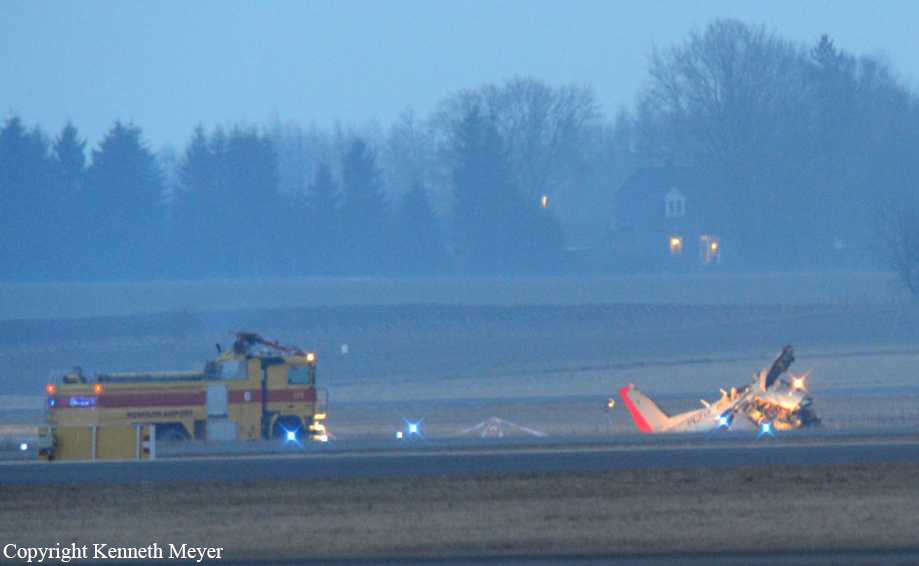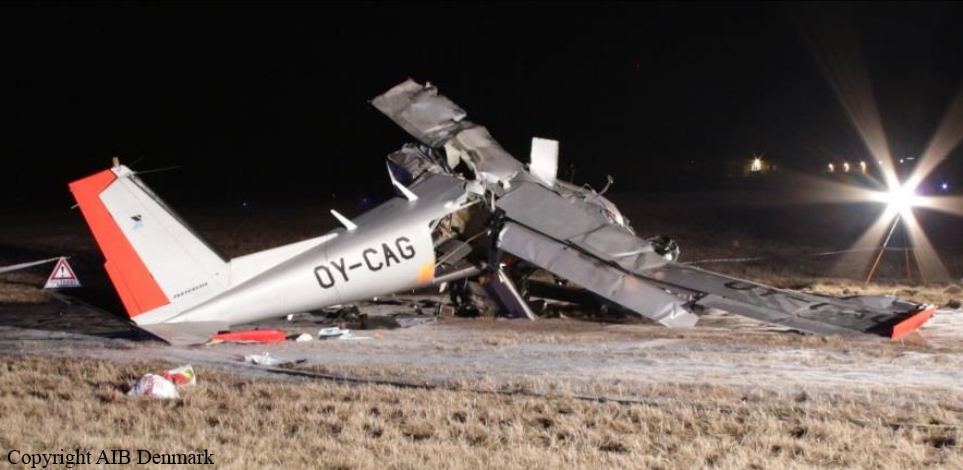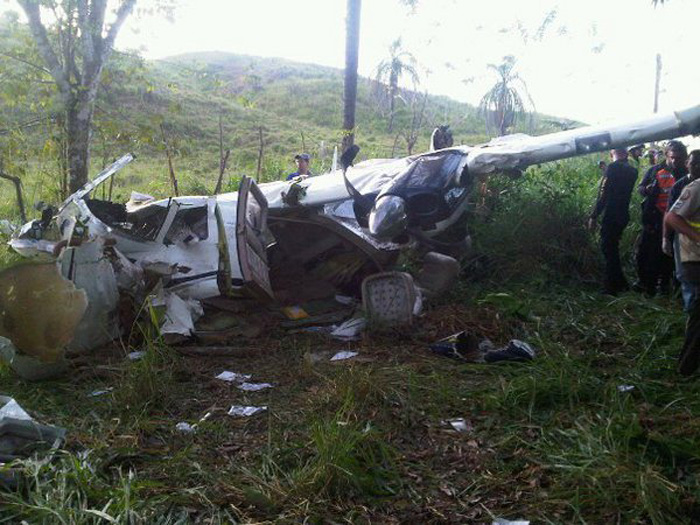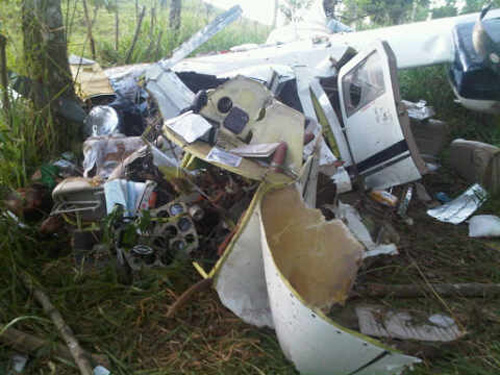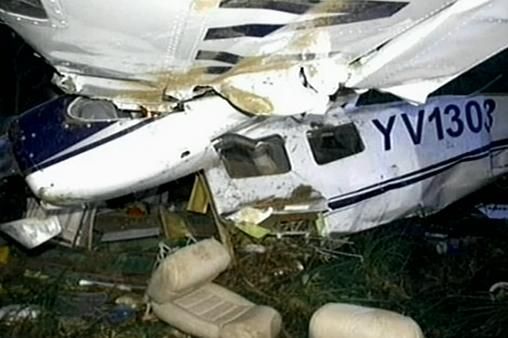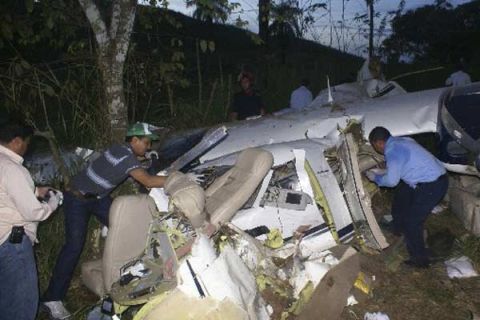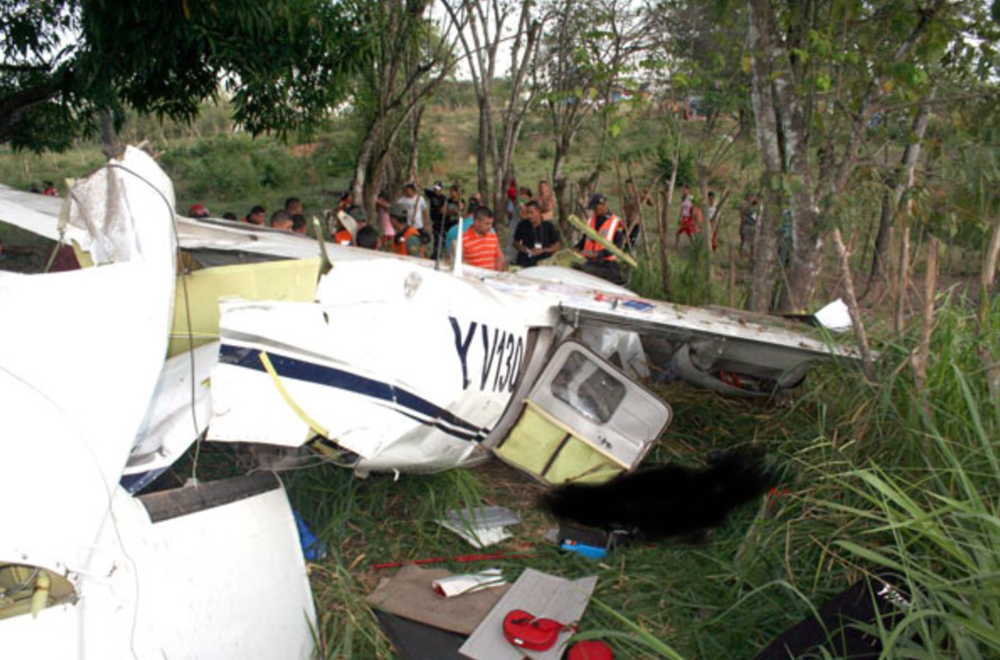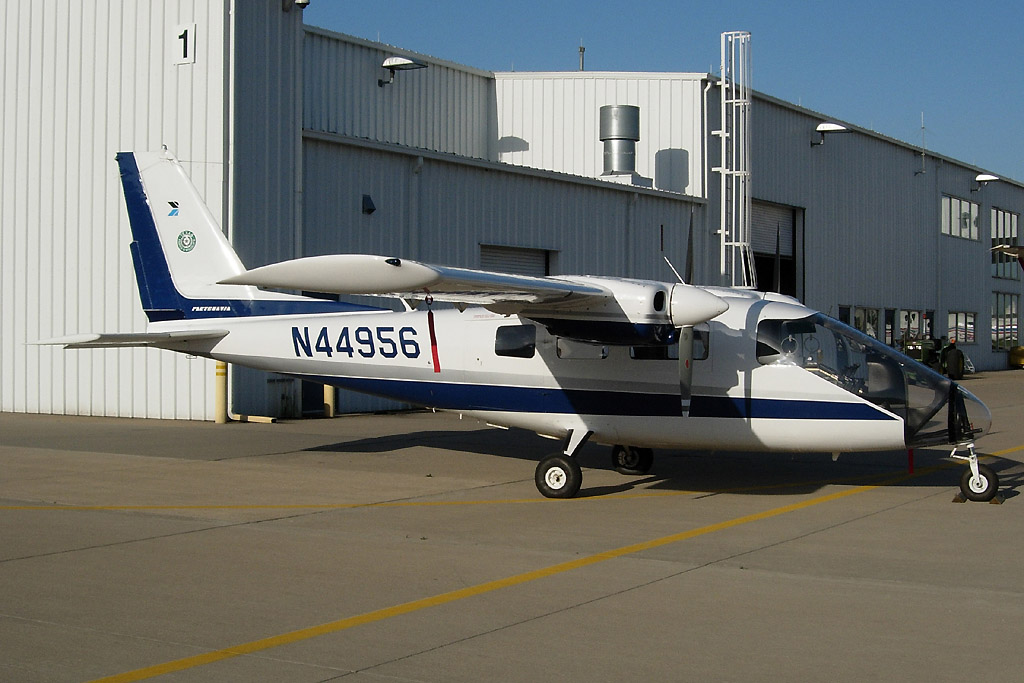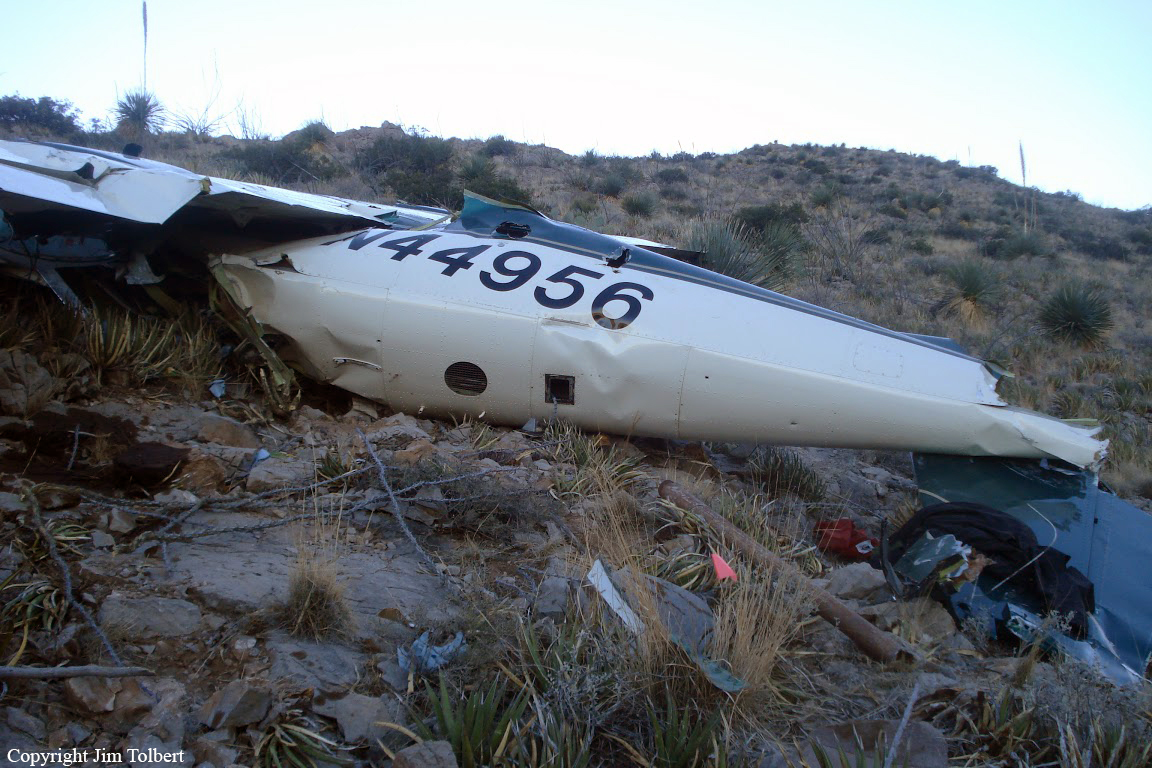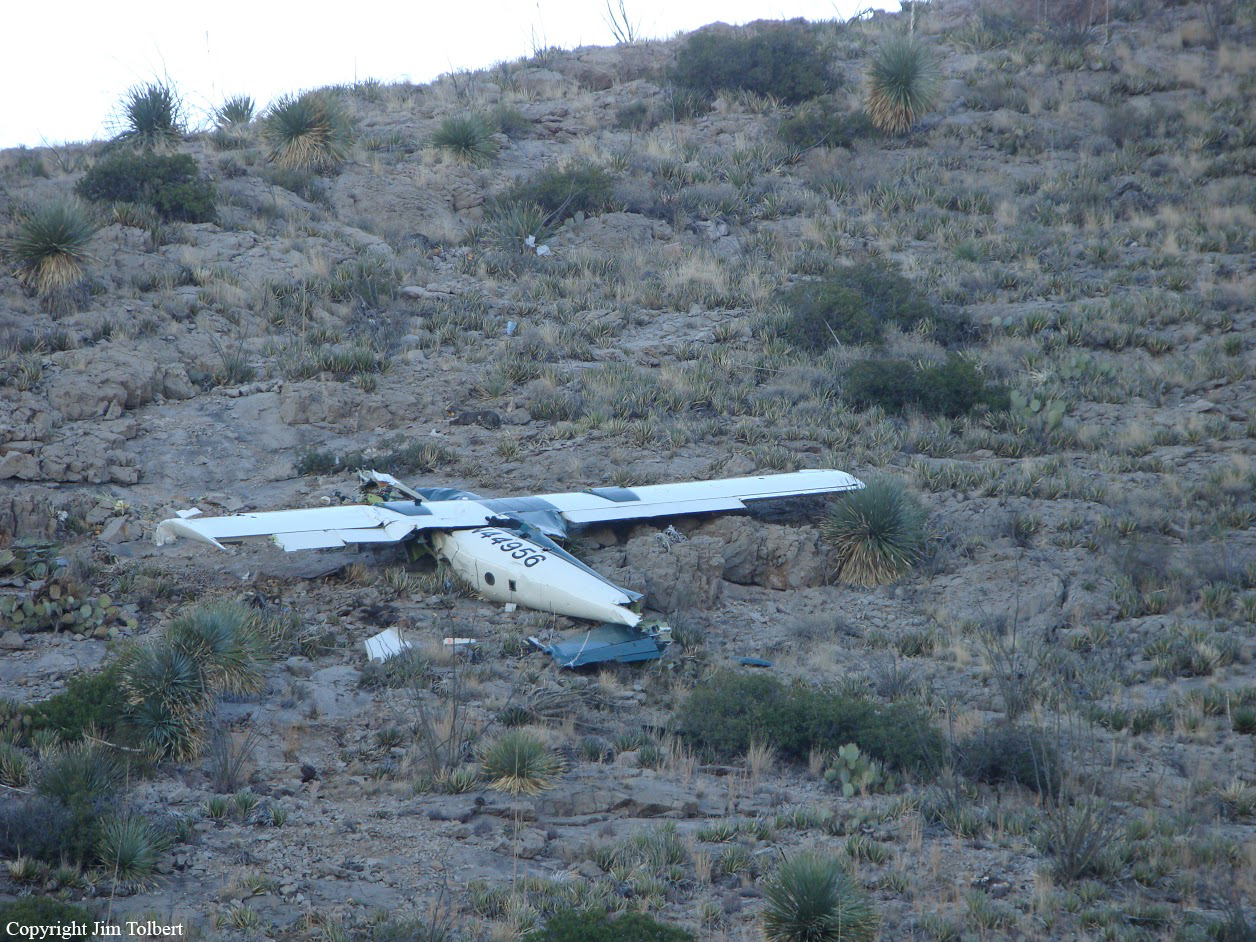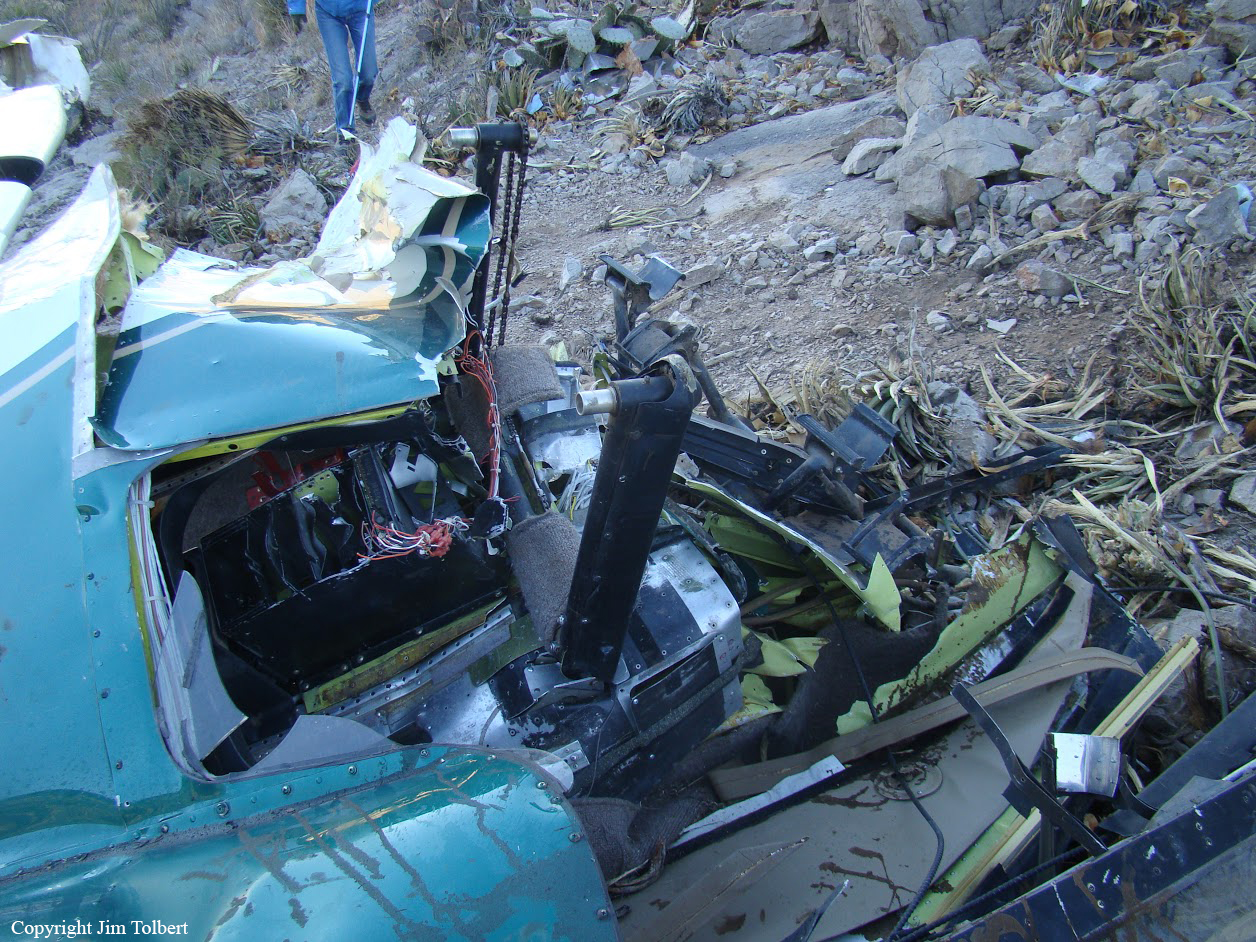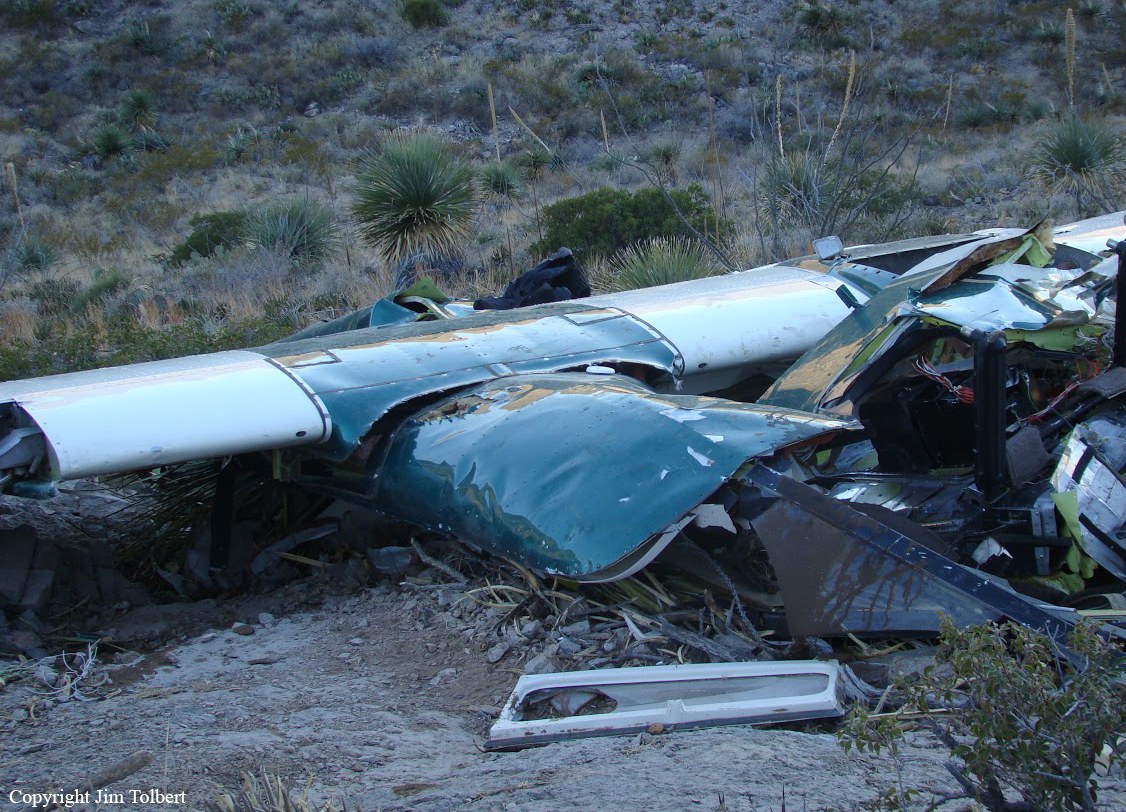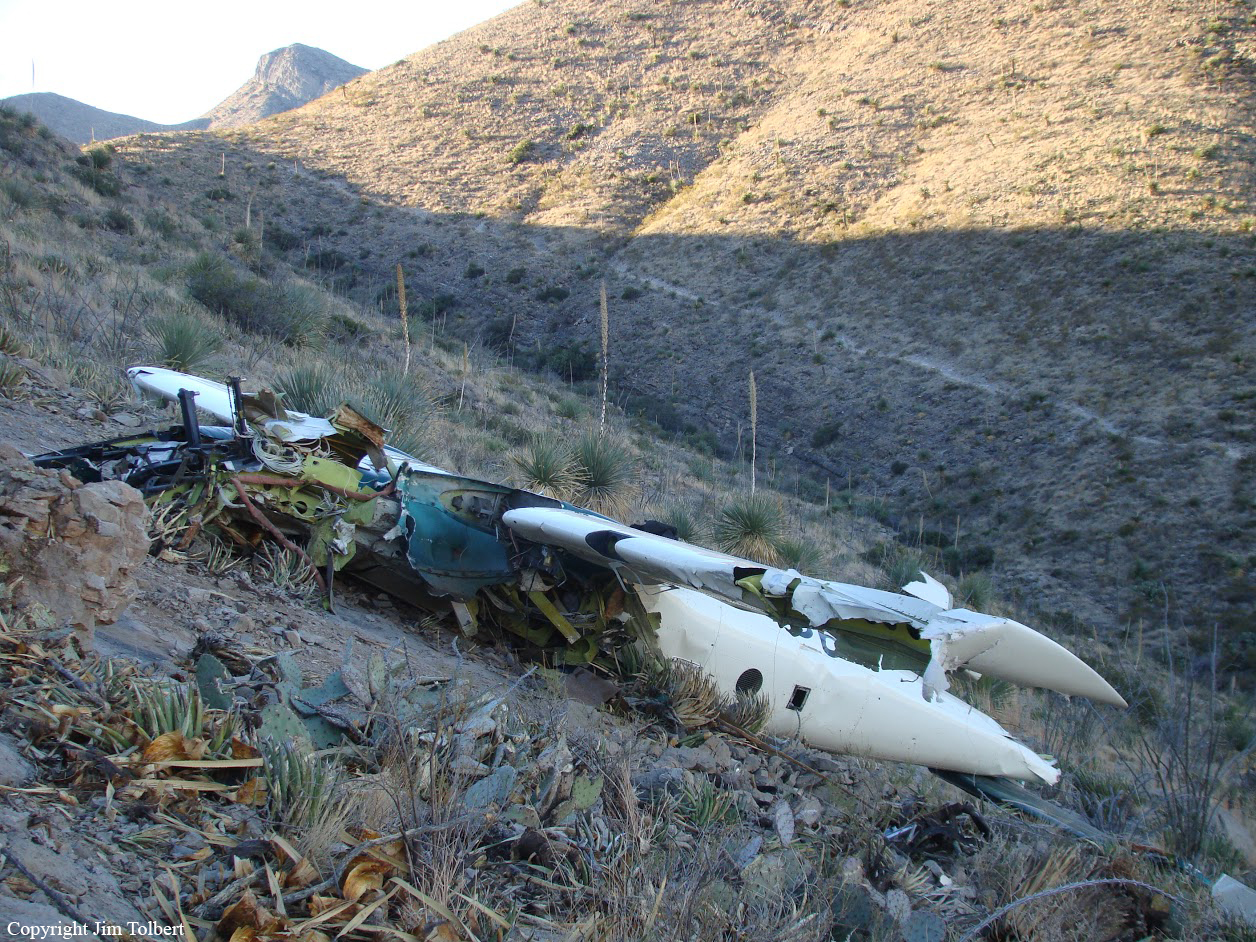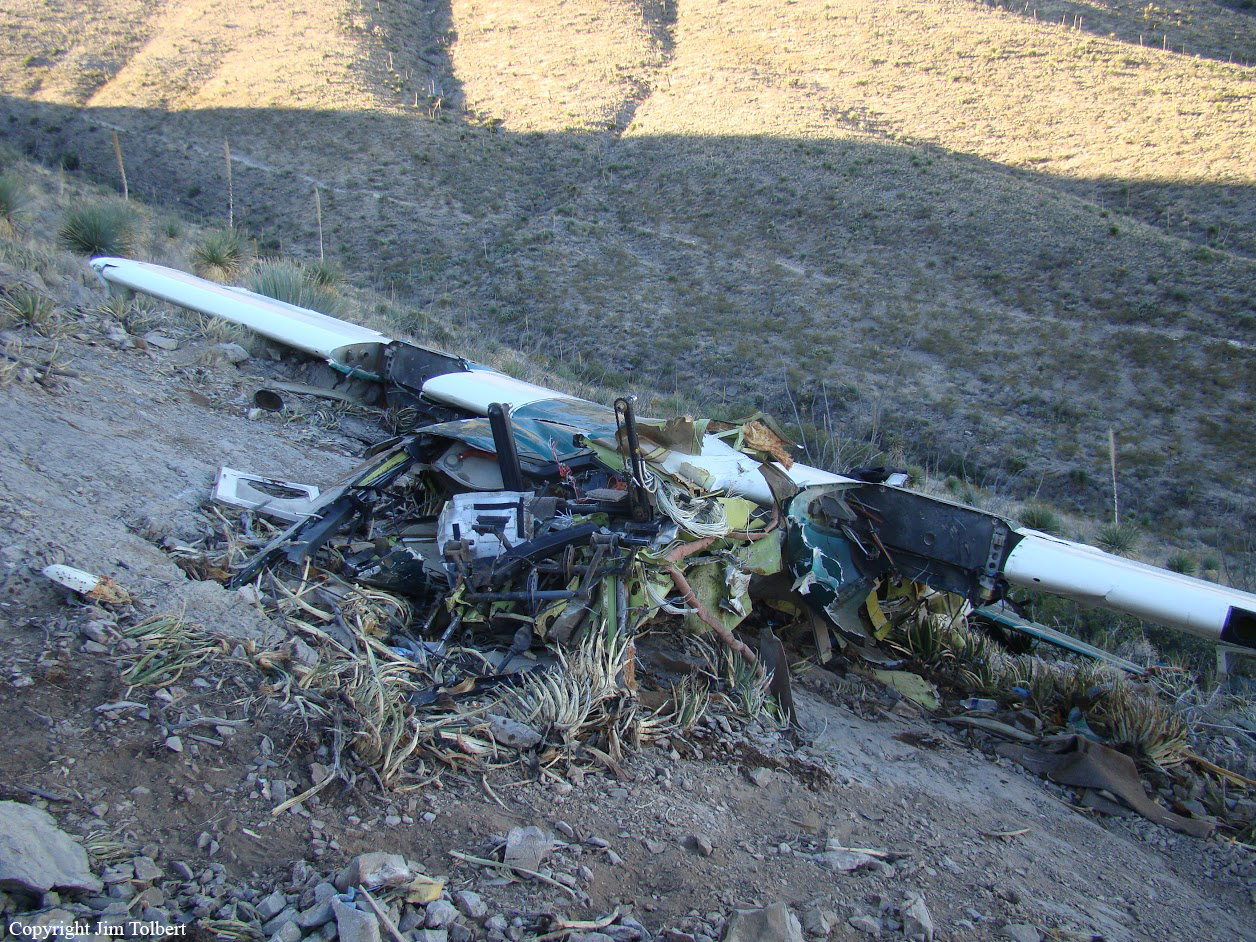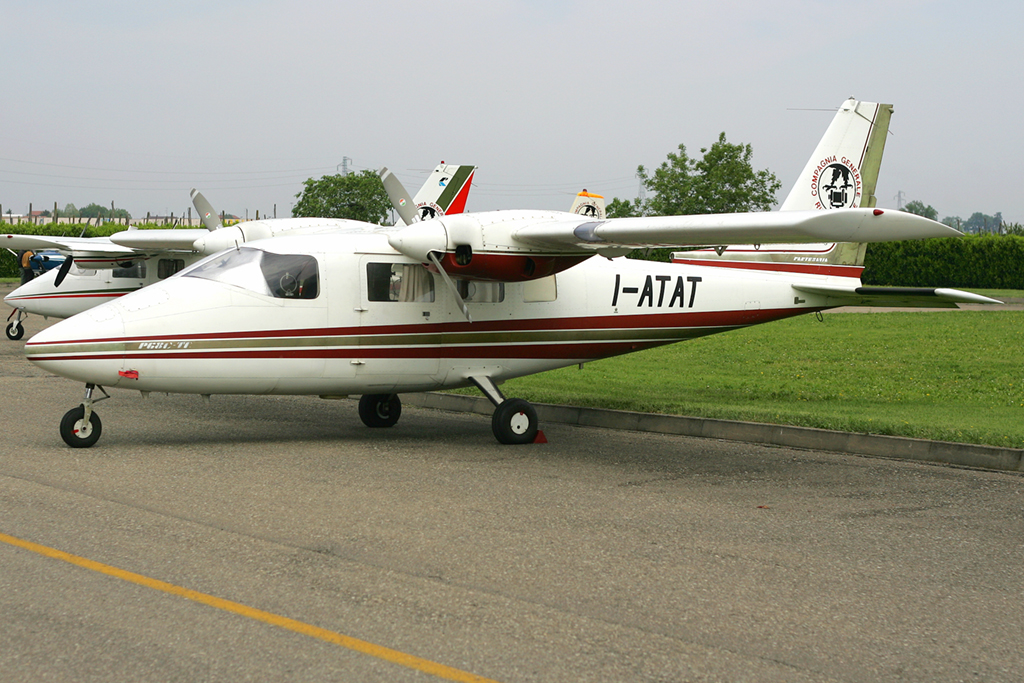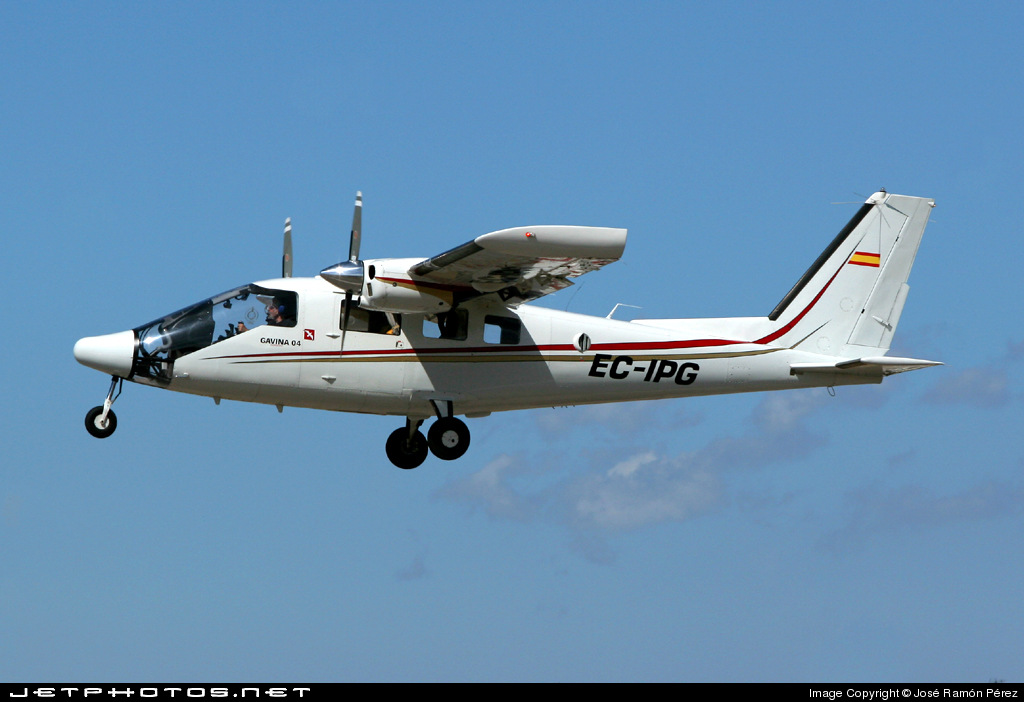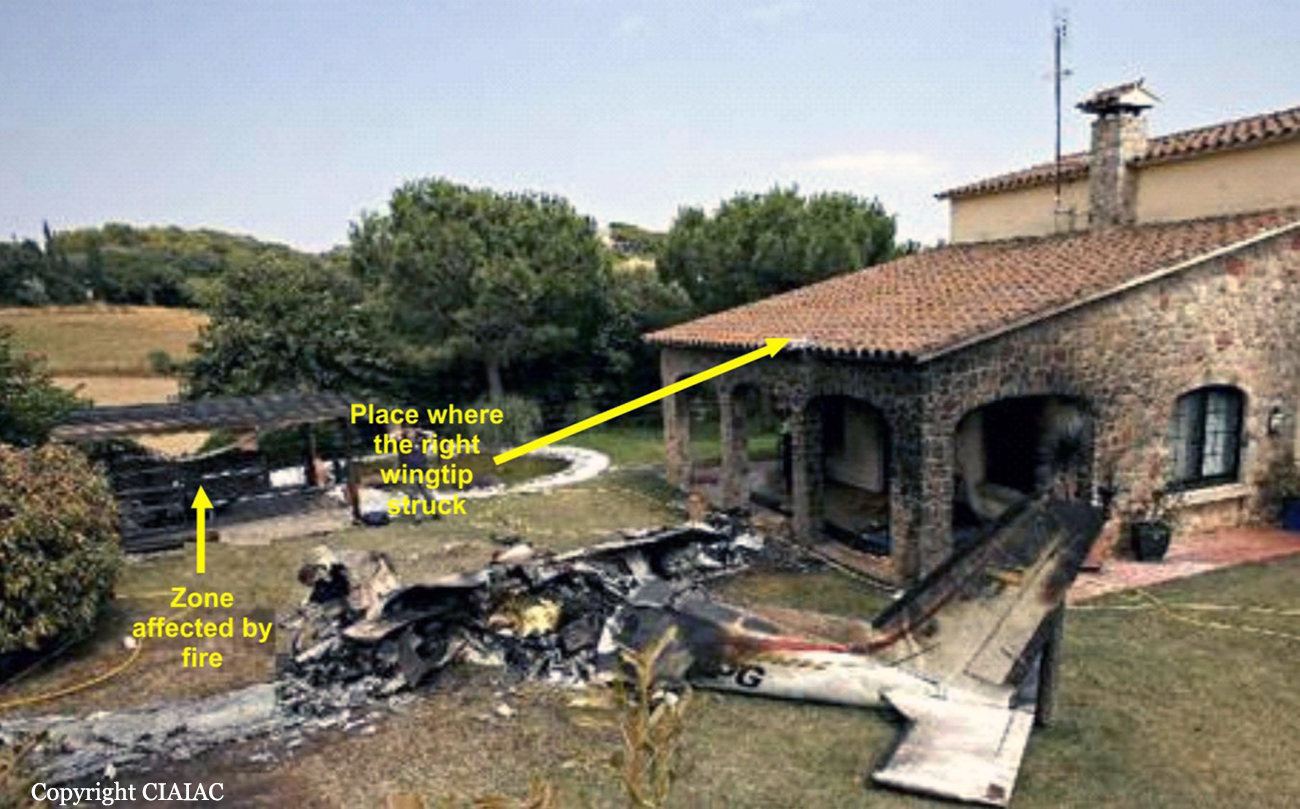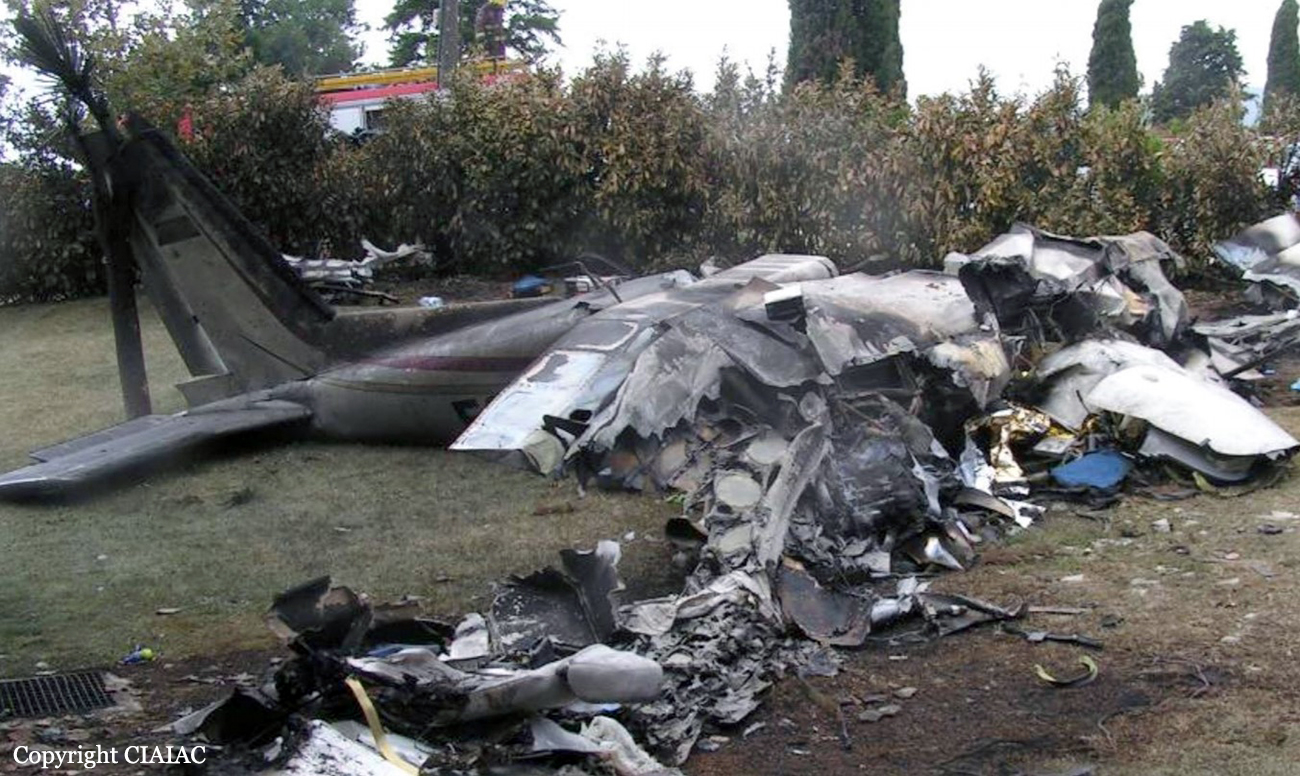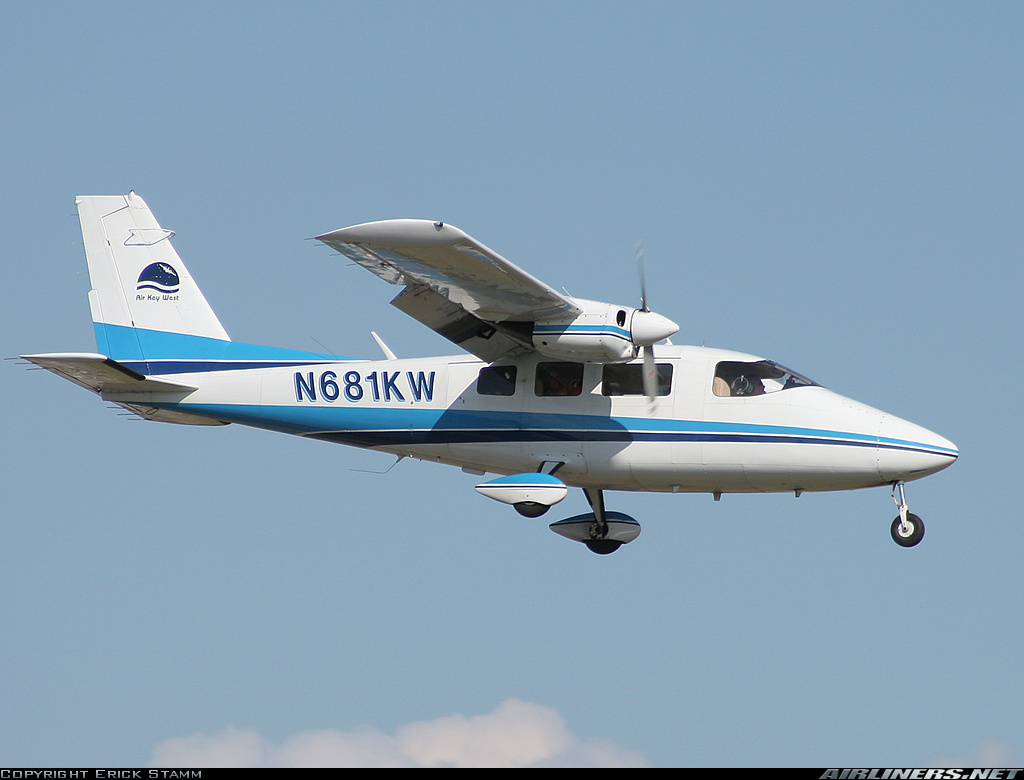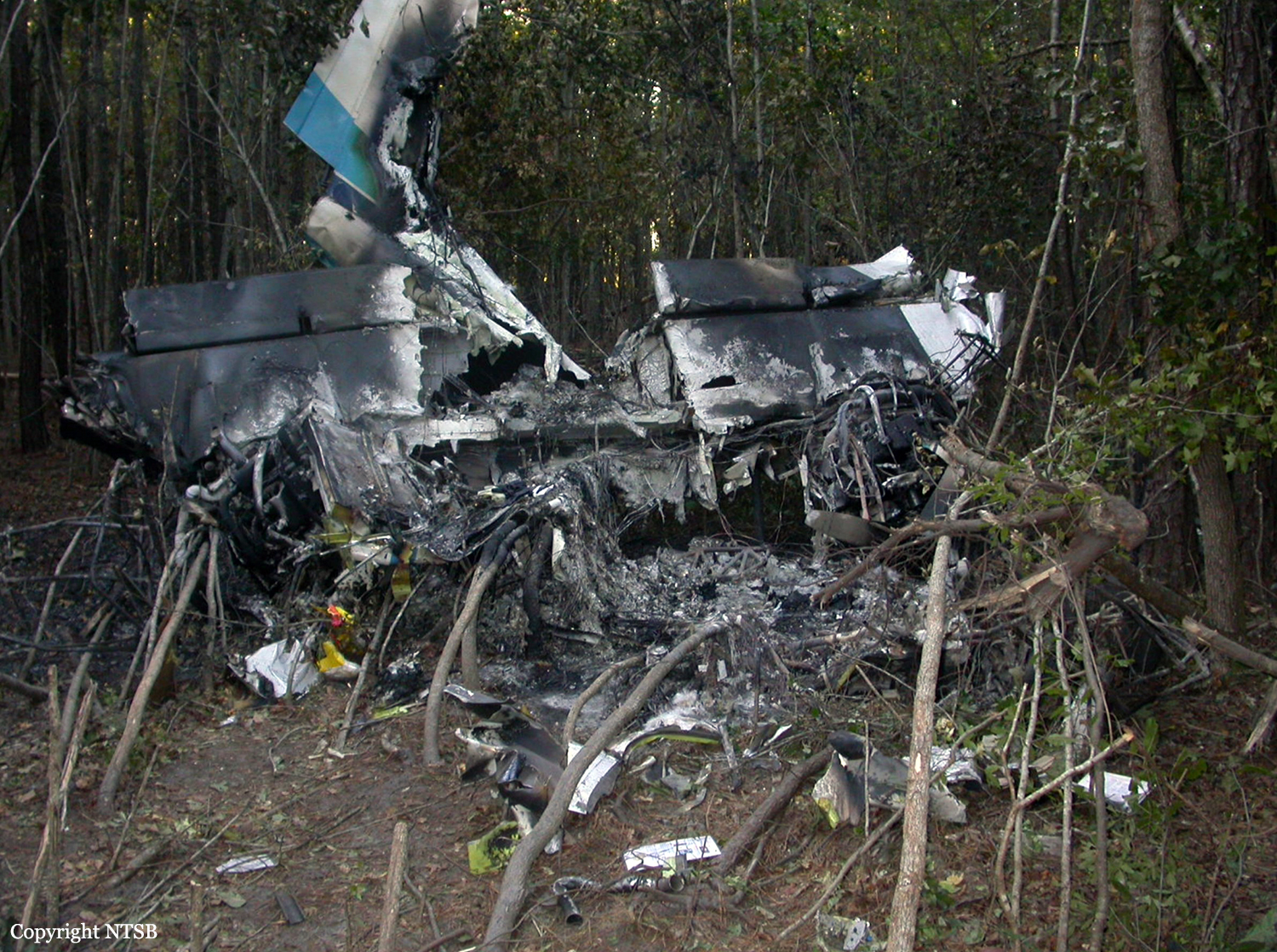Crash of a Partenavia P.68 Observer in Panda Ranch
Date & Time:
Feb 27, 2014 at 1947 LT
Registration:
N947MZ
Survivors:
Yes
Schedule:
Honolulu - Panda Ranch
MSN:
316-12/OB
YOM:
1983
Crew on board:
1
Crew fatalities:
Pax on board:
0
Pax fatalities:
Other fatalities:
Total fatalities:
0
Captain / Total hours on type:
1716.00
Aircraft flight hours:
8831
Circumstances:
The pilot stated that the flight was conducted at night and he used his GPS track to align with the runway. When the pilot activated the runway lights, the airplane was about 1/4 mile to the left of the runway and 1/2 mile from the approach end. The pilot made an aggressive right turn then hard left turn to make the runway for landing. While maneuvering on short final, at 50 feet above ground level (agl), the airplane's right wing impacted the tops of a number of trees that lined the southeast side of the runway. The airplane descended rapidly and landed hard, collapsing the landing gear and spinning the airplane around 180 degrees laterally, where it came to rest against some trees. The right wing's impact with trees and the hard landing resulted in substantial damage. The pilot reported no preimpact mechanical failures or malfunctions with the airplane that would have precluded normal operation.
Probable cause:
The pilot's inadequate decision to continue an unstable approach in dark night conditions, which resulted in a collision with trees and hard landing
Final Report:
